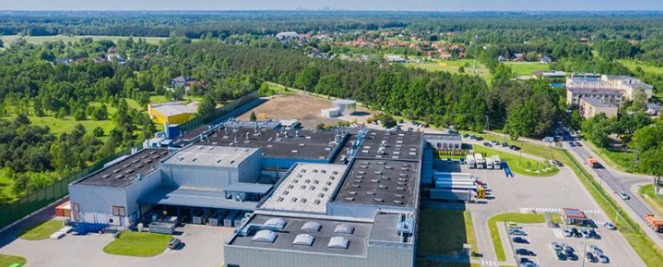[In early February] NAIOP members from the U.S. and Canada attended NAIOP’s Chapter Leadership and Legislative Retreat (CL&LR) in Washington, D.C., with U.S. members scheduling meetings with their senators and representatives to educate elected officials on the issues important to the commercial real estate industry. Our annual CL&LR is an important event and is the kickoff to what is certain to be a consequential year for commercial real estate in terms of federal legislation. Just as important as the substance of the issues that will be at the center of the discussion during NAIOP’s Capitol Hill meetings are the relationships that exist and are fostered between elected representatives and their local NAIOP constituencies. The message coming from NAIOP members who are also constituents tends to leave a lasting impression on elected officials and their staff.











